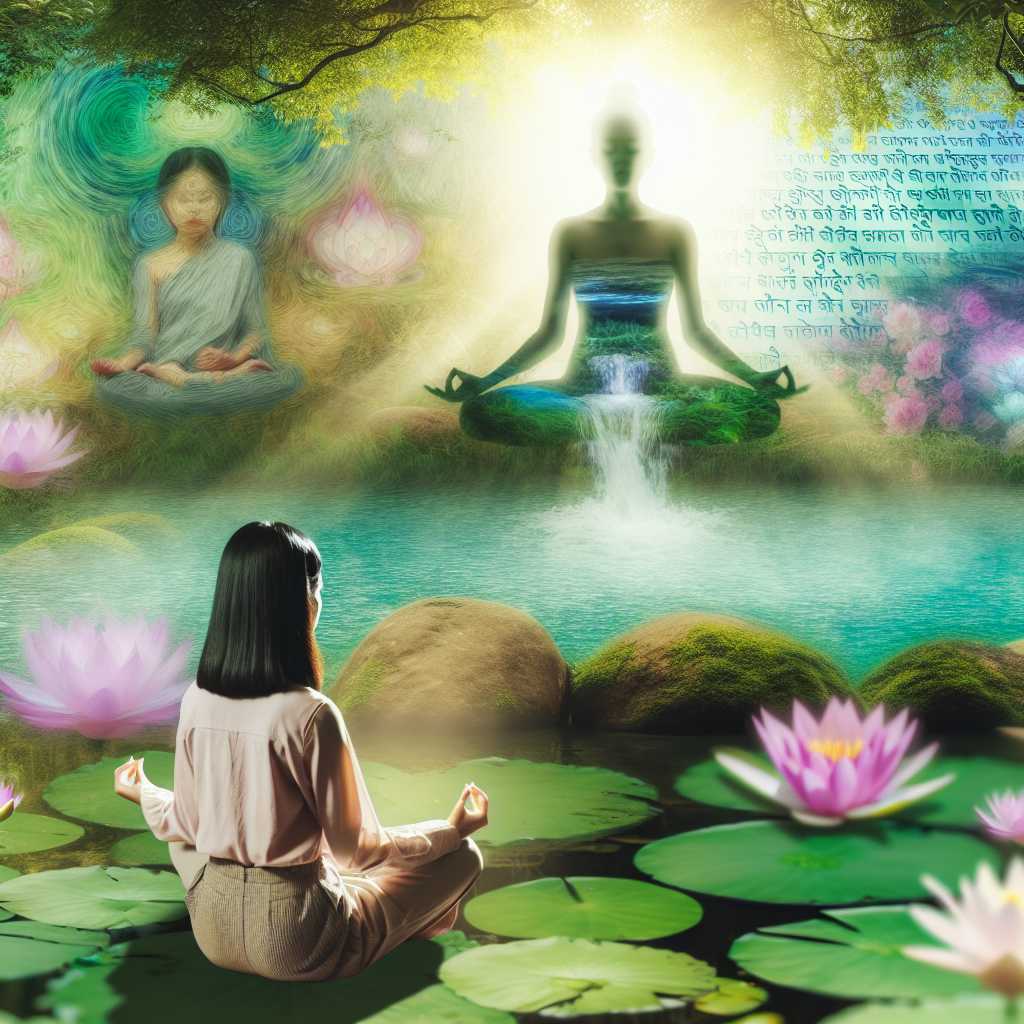Sailing has always held a fascination for those with a spirit of adventure and a longing to explore the world’s vast oceans. My passion for sailing has taken me to numerous exotic locales and has provided an unparalleled sense of freedom and tranquility. But to truly appreciate this aquatic pursuit, it’s essential to understand the profound art of seamanship.
The Essence of Sailing
At its core, sailing combines skill, knowledge, and instinct. From the nuanced art of harnessing wind power with sails to understanding the mechanics of the boat, there’s a wealth of expertise to master. For those new to sailing, it can seem like an overwhelming dance of ropes, sails, and waterways. However, with experience and dedication, these pieces fall into place, creating a symphony of motion.
One of the most critical aspects of sailing is understanding weather patterns. Before setting sail, a competent sailor must analyze the weather reports and be prepared for sudden changes in conditions. This knowledge ensures not only a smooth journey but also the safety of everyone onboard.
Maintaining Your Vessel
The maintenance of your sailing vessel is as important as your navigation skills. Regular upkeep of the boat ensures that it is seaworthy and reliable. This includes routine checks of the hull integrity, sail conditions, rigging, and navigation equipment. A well-maintained vessel is a cornerstone of safe and enjoyable sailing trips.
Moreover, understanding the technical aspects of your vessel can make a significant difference. Familiarity with the engine mechanics, electronic systems, and plumbing can save you from potential mishaps during long voyages. A seasoned sailor is always prepared with tools and spare parts to address minor repairs at sea.
Cultural Interactions and Adventures
Once you’re at home on the water, the world opens up with adventures and cultural exchanges. Sailing often involves interaction with local communities, which can be one of the most enriching experiences of any journey. Learning to communicate effectively with locals, whether for provisioning or seeking safe harbor, can open doors to unique experiences and friendships.
Understanding and respecting local regulations and customs is key to navigating cultural waters as smoothly as the geographical ones. Every port and harbor has its own set of rules, and respecting these is essential.
Navigating Dangerous Waters
Navigating through perilous sea conditions requires a combination of skill, courage, and experience. Some of the risks sailors face include heavy storms, treacherous reefs, and dense fog. The ability to read the waters, anticipate changes, and make informed decisions is imperative.
Safety should always be the top priority. This includes having life-saving equipment readily available and ensuring the crew is trained on emergency protocols. Understanding how to use navigational tools like GPS, radar, and charts enhances situational awareness and aids in avoiding potential dangers.
The Joy of Sailing
Beyond the technical and practical aspects, sailing offers immense joy and fulfillment. The experience of setting sail, guided by the wind, under an expansive sky, is difficult to put into words. It is an intimate connection with nature, a retreat from the bustle of urban life, and a journey filled with discovery not just of new lands, but of oneself.
In conclusion, sailing is not merely a mode of transportation but a profound lifestyle that encompasses personal growth, adventure, and a deeper understanding of the ocean’s mysteries. For those who embrace the challenge, the rewards of sailing are endless, making every journey a cherished memory.
So, hoist your sails and set a course for adventure! The world is filled with boundless opportunities waiting on the open water.



